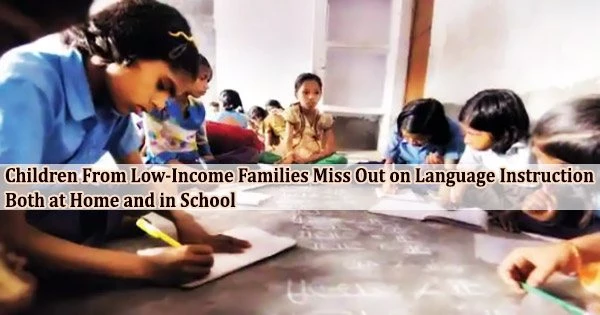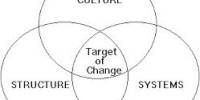According to a recent study led by the NYU Steinhardt School of Culture, Education, and Human Development, children from underprivileged neighborhoods are less likely to have opportunities to develop complex language skills at home and in school, which puts them at a disadvantage during their kindergarten year.
The results, which were published in the Journal of Educational Psychology, indicate that in order to overcome these early disadvantages and provide learning chances for vulnerable students, language learning should involve both families and teachers.
“Children may go from a home with limited physical and psychological resources for learning and language to a school with similar constraints, resulting in a double dose of disadvantage,” said Susan B. Neuman, professor of childhood and literacy education at NYU Steinhardt and the study’s lead author. “Our study suggests that neighborhoods matter and can have a powerful influence on nurturing success or failure.”
According to research, both the socioeconomic condition of a child’s home and the socioeconomic class of their school can predict how well they will do academically. Together, these two elements affect children’s access to learning resources, including people who interact with kids in ways that provide possibilities for language-rich interaction.
“Children’s early exposure to a rich set of language practices can set in motion the processes that they use for learning to read, including the vocabulary and background knowledge necessary for language and reading comprehension,” Neuman said. “Consequently, children who have limited experience with these kinds of linguistic interactions may have fewer opportunities to engage in the higher-order exchanges valued in school.”
In this study, Neuman and her coworkers looked at language-improving materials in 70 kids’ homes and schools who had just moved from preschool to kindergarten. The working class towns of Michigan were home to the other half of the family, who resided in more diversified and less affluent Detroit districts.
Children may go from a home with limited physical and psychological resources for learning and language to a school with similar constraints, resulting in a double dose of disadvantage. Our study suggests that neighborhoods matter and can have a powerful influence on nurturing success or failure.
Susan B. Neuman
Through their kindergarten year, the researchers monitored the kids and made focused observations at home and at school. In order to determine the level of cognitive stimulation in the home and the caliber of the interactions, the researchers spent four hours at four different homes watching the interaction between parents and their kids. They also taped the teachers’ speech during four half-day observations they made in kindergarten classrooms.
The researchers analyzed the language spoken by parents and teachers for both quantity (number of words spoken) and quality (using varied vocabulary and complex sentences). The children’s school preparation skills, including vocabulary knowledge and letter and word identification, were evaluated in conjunction with these observations.
The study indicated that compared to working class communities, low-income neighborhoods provided fewer supports for young children’s language and early literacy development. Although there was no difference in the overall amount of language in either context, there were notable changes in the language’s effectiveness when spoken to children.
In comparison to parents from working class neighborhoods, parents in low-income neighborhoods used fewer diverse words, spoke in shorter sentences, and had lower reading comprehension.
Children from low-income neighborhoods attended kindergartens that offered fewer possibilities for language learning in the classroom. Teachers may have oversimplified their language for children by using shorter sentences, a less diversified vocabulary, and fewer unusual word kinds.
All kindergarten students learned throughout the school year, but working-class students outperformed their peers from low-income neighborhoods, especially in the area of expressive language.
“We found that the quality of one’s educational opportunities is highly dependent on the streets where you live. Tragically, the children who need the greater opportunity to learn appear to be the least likely to get it,” Neuman said.
The findings imply that regardless of the magnitude of the preschool advantage that children acquire, variations in subsequent environmental effects can either strengthen or weaken this early advantage.
“Too often we have focused on what happens within early childhood programs instead of the environmental supports that surround them. We need to account for the multiple contexts of home and school in our understanding of children’s early development,” Neuman said.
















